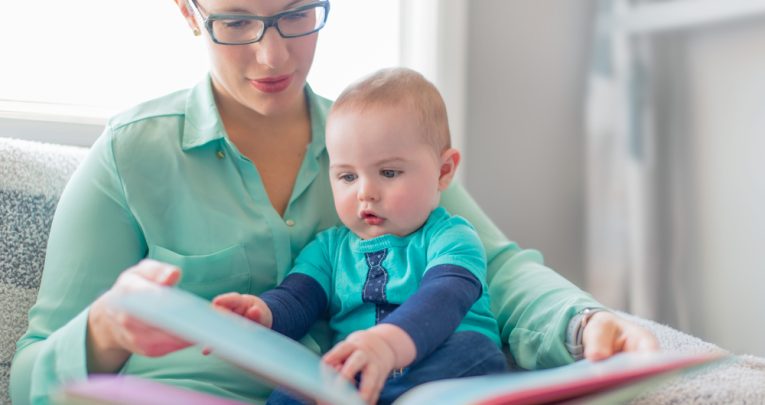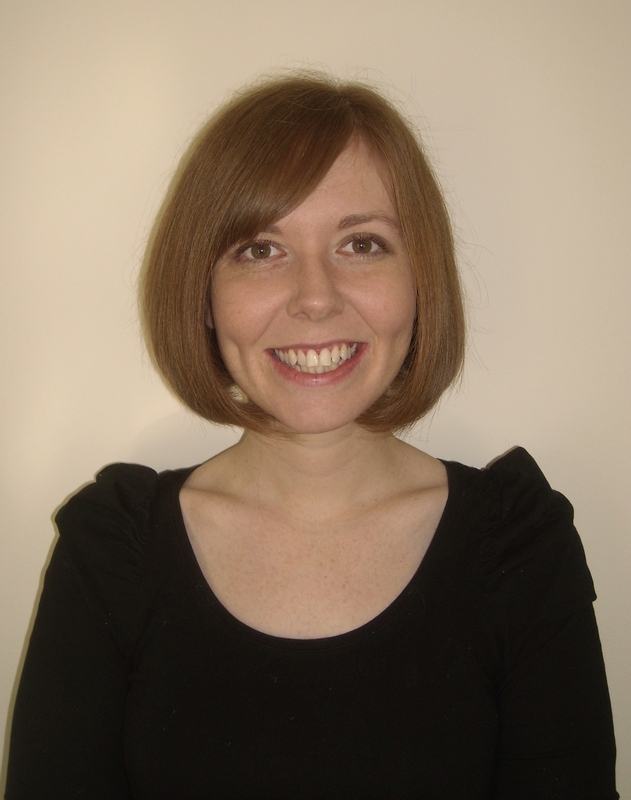‘Read To’ Babies Hear Over 10 Million Words Each Year In The First Three Years Of Life’

Don’t leave books on the shelf until children are old enough to ask for a story – introduce your very youngest to the written word and give them a head start on the road to literacy, says Claire Scott…

- by Claire Scott

It’s never too early to start reading. Whilst there should never be an expectation on children to actually learn to read before they are ready, there is certainly no age-specific boundaries for introducing babies to the wonderfully engaging world of books.
A 2012 survey of more than 500 parents of babies by ICM and the Fatherhood Institute on behalf of the charity Book Trust found that 64% of parents were not reading with their babies by the age of seven months, and that many did not introduce books until preschool age. Bookstart’s then chief executive, Viv Bird, described the findings as “worrying”, since “Leaving reading with children until later in their lives means they are missing out on a crucial window for language development”. Babies are born learners, drawing on all experiences and interactions to make sense of the world around them. Even from inside the womb, they actively react to the sound of human voices. In fact, due to the rapid development of the brain, babies begin to understand the basic sounds of their native language by six months old.
Reading and books are a great way to help develop children’s understanding of language long before they are able to speak, read or write. The EYFS acknowledges this, as the guidelines for promoting reading begin from birth, stating that babies should, “Enjoy looking at books and other printed materials with familiar people”.
What to read
Babies are able to focus on books and images, particularly high-contrast black and white or bold, primary colours, by around the age of three months. They are highly receptive to the human voice, and although they may not understand what you are saying, babies pick up on the rhythm of language – rather than the content – when they hear you speak. You should ensure that you read slowly and clearly, but with plenty of intonation and expression, in order to engage them. Reading also provides vital one-on-one time for you and the babies in your care. Through the sound of your voice and the warmth of your body, they will come to think of reading as a pleasurable activity. Between the ages of six to nine months, babies begin to experiment with making speech sounds for themselves. The more language they hear, the more opportunity they have to absorb and imitate these sounds. Reading to babies increases their language input, exposing them to more words and repetitions of words than they would normally get in everyday activities, and research shows that babies who are read to in the first nine months of their lives are better prepared for school than babies who had little interaction with books.
In fact, a ‘read to’ baby will hear over 10 million words each year in the first three years of life – an astounding 32 million-word advantage over children who are not read to or talked to often. Children’s receptive language develops faster than their expressive language – that is, they understand more than they can speak. But by the age of 9–12 months, babies will enjoy labelling objects within books, pointing to pictures and hearing their name spoken aloud so they can repeat it.
They are now beginning to understand what language is for, and as psychologists Elika Bergelson and Daniel Swingley note, “Learning to understand words, as opposed to just perceiving their sounds [occurs] between 9 and 15 months of age, when infants develop a capacity for interpreting others’ goals and intentions.” Sharing books and stories, especially familiar and favourite ones, aids babies in helping them to make sense of the complexities of the English language.
How books work
As children’s speech develops, along with their capacity to understand, engage in conversation and eventually focus and maintain their attention for longer, so you can introduce longer picture books and group story times.
At this age it is still vital they enjoy the experience of reading with you, so short but regular bursts of reading will prove more beneficial than simply extending the amount of books read in one sitting, or the length of the book itself. If a child is struggling to maintain attention, simply try again tomorrow. Persistence usually pays off in the end, but forcing the issue will not. This is also the time to start introducing children to how books work. The EYFS outlines that children should learn to hold books the correct way up and turn pages, as well as handling books carefully and understanding that print carries meaning. Showing children how books work – for example, by running your finger along the words as you speak them – helps them to learn for themselves how to interact with and use books independently.
Making progress
So how do you know all your hard work has paid off?
When a child actively seeks books out of their own free will, and is perfectly content to sit flipping through the pages, babbling away to themselves. Or when they bring you the same tired old book to share together, curling up your lap and anticipating what’s to come on the next page.
If you can promote a love of books and reading with babies and toddlers, it is more than likely they will grow to be avid readers and book-lovers for many years to come.










